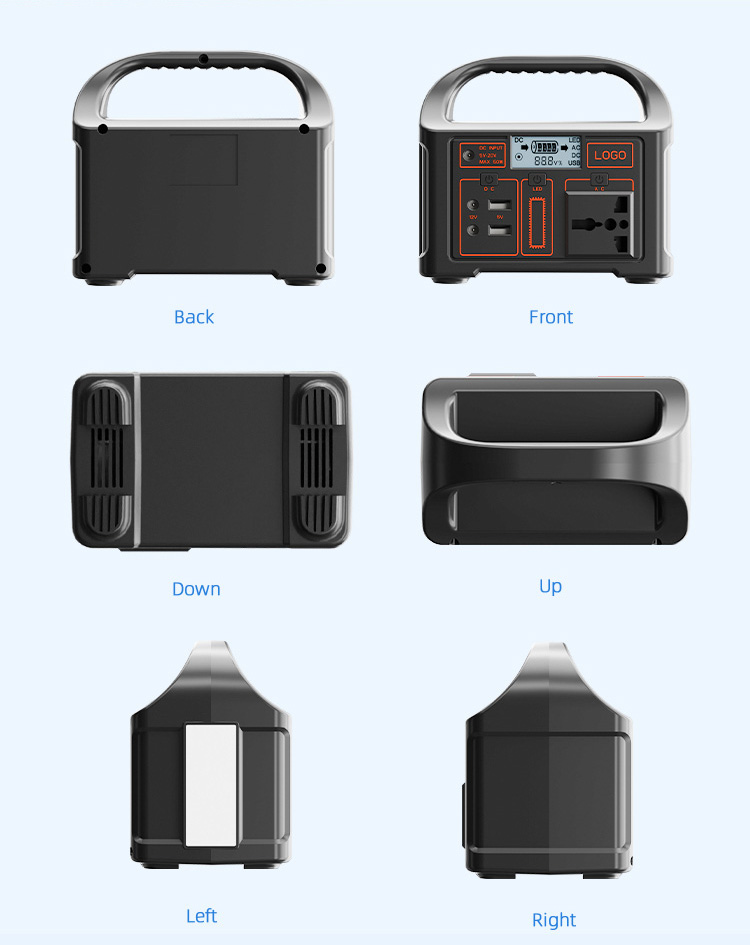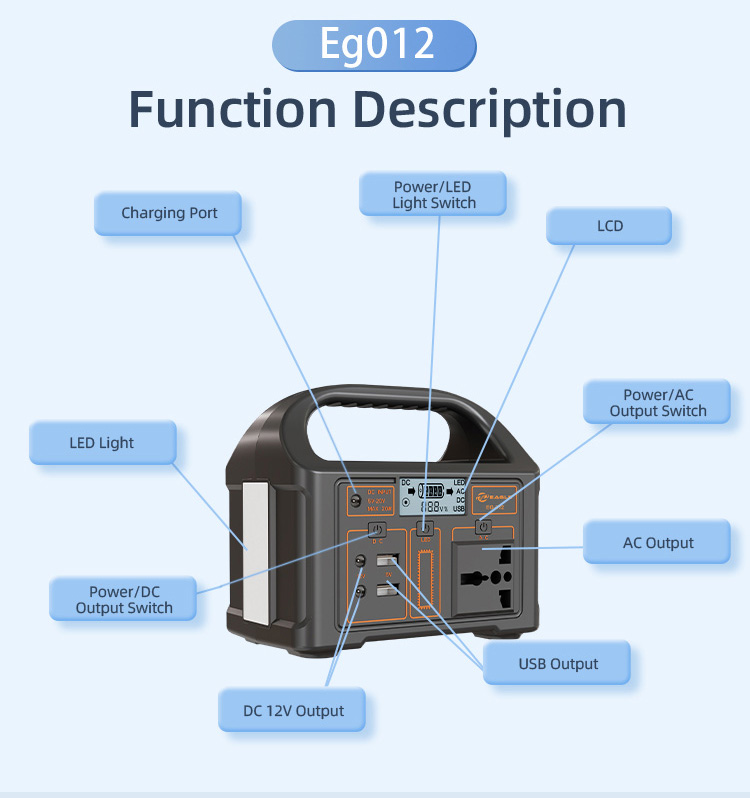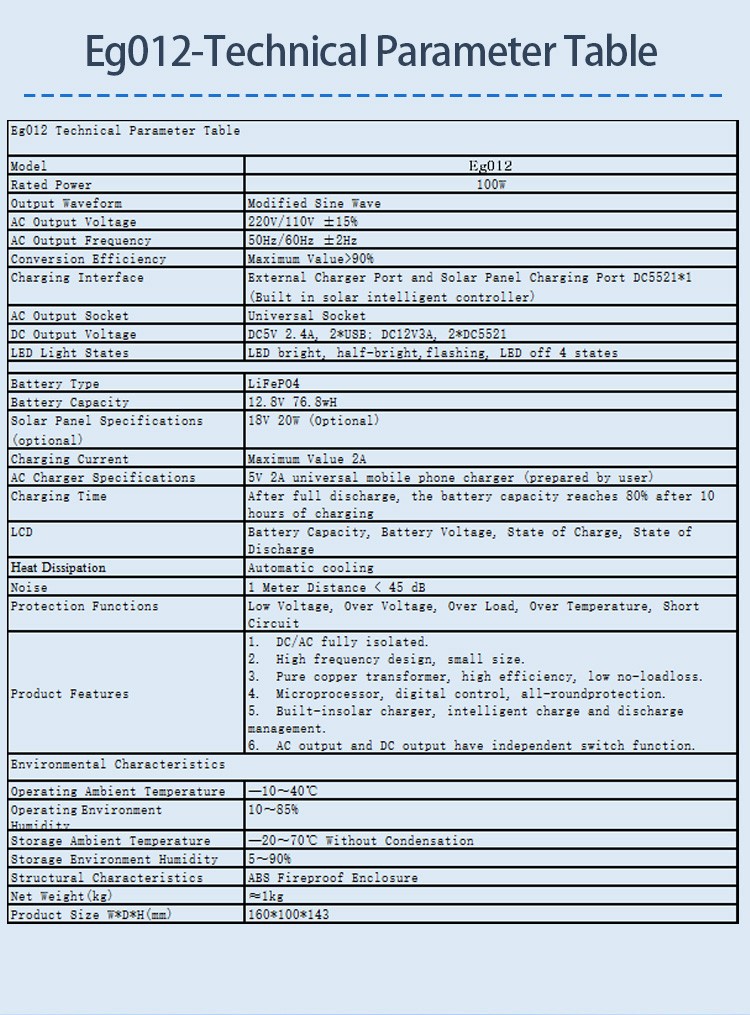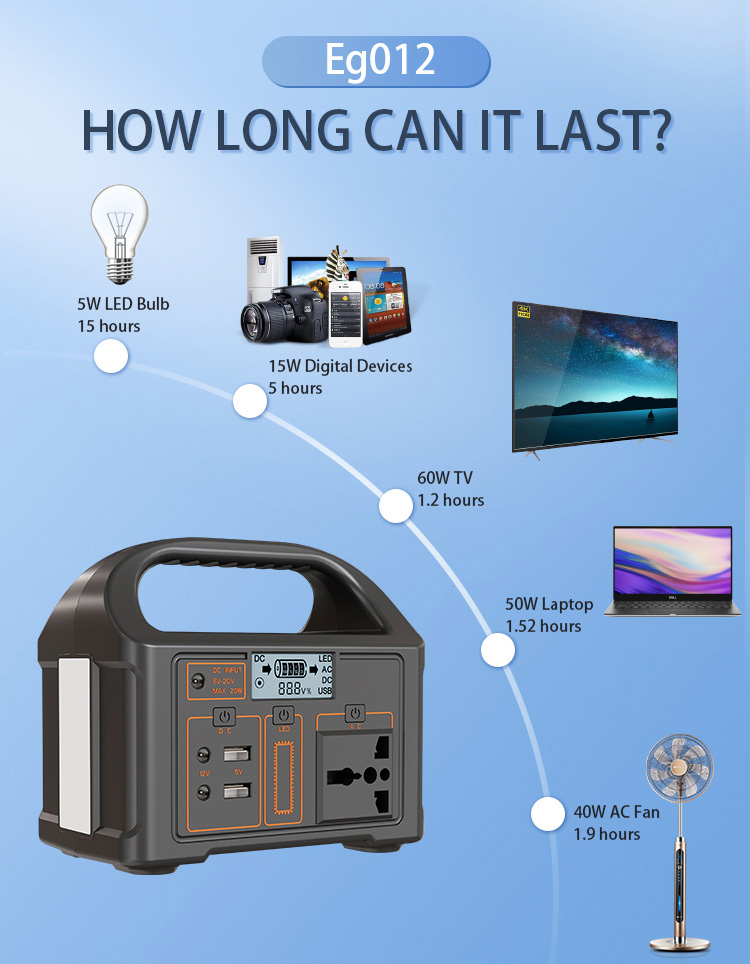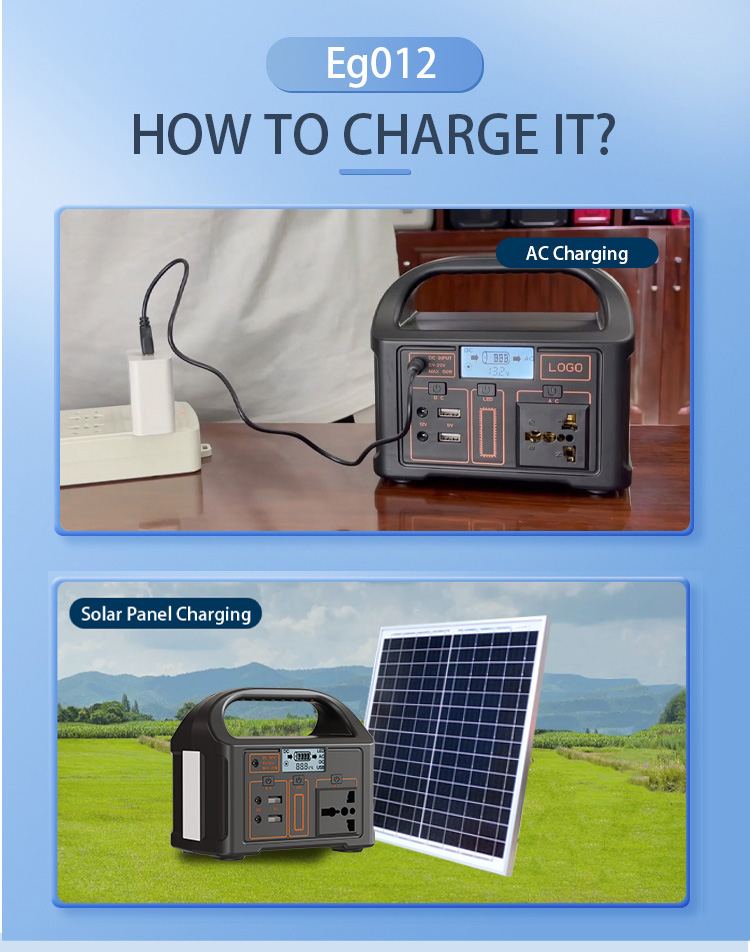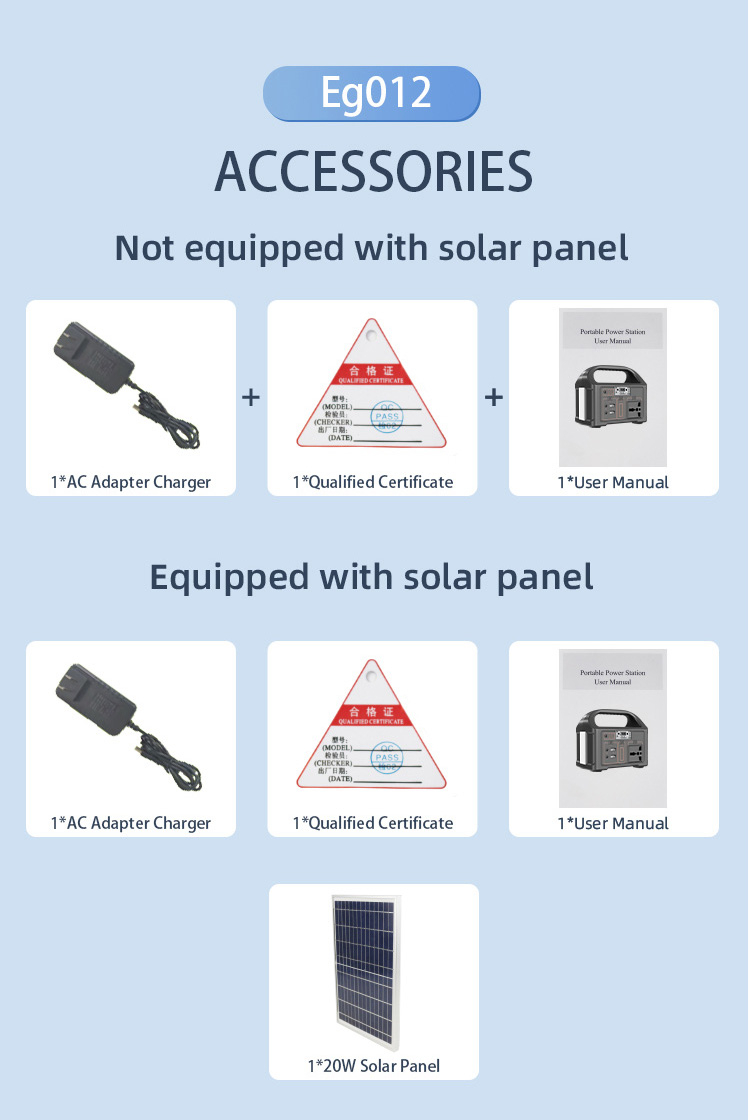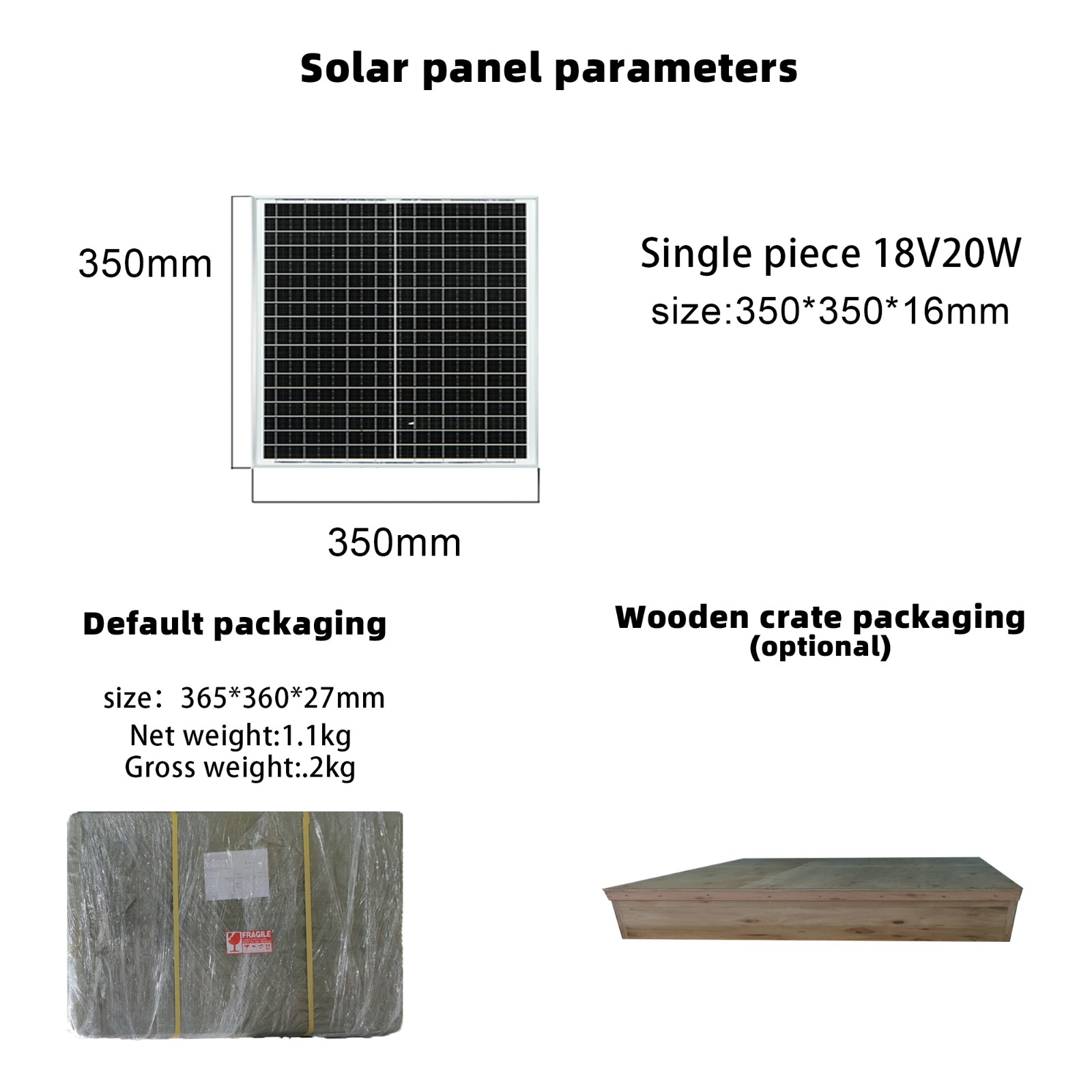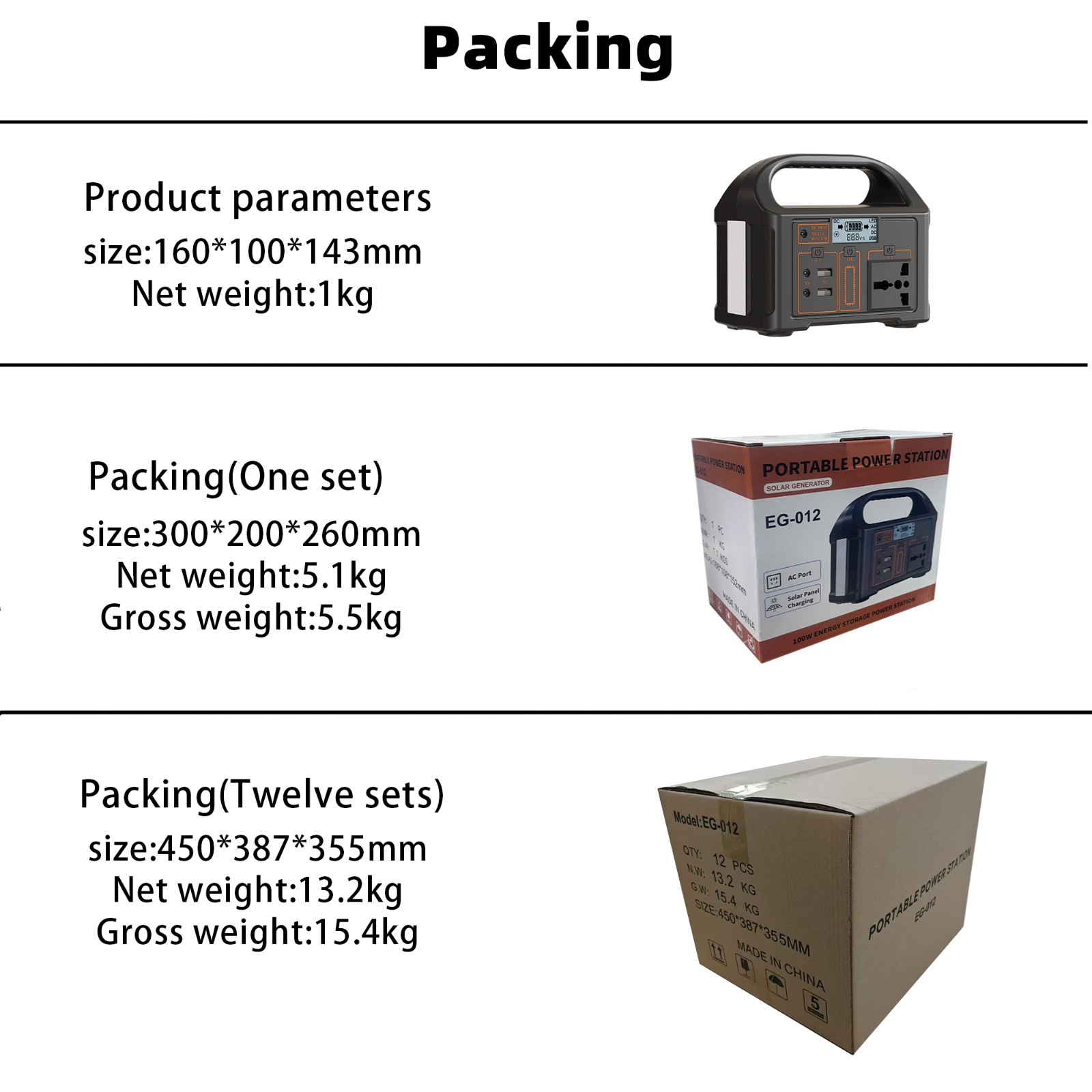1. Avoid extreme charging and discharging, and protect the voltage safety zone
The "number one killer" of batteries is overcharging and over-discharging. The voltage of a single lithium-ion battery should not exceed 4.2V when charging, and should not be lower than 2.8V when discharging (it is recommended to force charging when the remaining power is 20%~30% through device settings). In daily use, shallow charging and shallow discharge (keeping the power in the range of 20%~80%) prolongs life more than deep charging and discharging
2. Strictly control the temperature environment and refuse high temperature attacks
Temperature has a huge impact on battery life:
High temperature accelerates aging: When it exceeds 40℃, the internal chemical reaction rate of the battery doubles, and the cycle life may be reduced by 1 time for every hour of high temperature. When used outdoors in summer, avoid direct sunlight and can be equipped with a sun visor or a cooling fan.
Low temperature damage performance: When it is below 0℃, the capacity of lithium-ion batteries may drop by more than 30%, and high current discharge is prone to lithium deposition (permanent damage) on the negative electrode. Before using in winter, it is recommended to let the battery stand at room temperature, or choose a model with self-heating function.
Ideal scenario: Use and store at a temperature of 20℃~25℃, taking into account both efficiency and life.
3. Optimize power usage habits and reduce instantaneous pressure
Refuse overload operation: The inverter power needs to match the load, and avoid long-term loads exceeding 80% of the rated power (such as a nominal 1000W power supply, continuous loads of more than 800W will accelerate battery degradation). Pay special attention to the start-up impact of motor equipment (such as water pumps and air conditioners) - their instantaneous power may be 3~5 times the rated value. It is recommended to choose a storage power supply with a peak power of 2 times the load.
Reduce standby loss: Turn off the power switch in time when not in use to avoid the inverter standby power consumption (usually 5~10W) to continue to consume power. Long-term standby may cause battery over-discharge.
4. Regular maintenance and activation
Monthly "health check":
Clean the interface with a dry cloth to check for oxidation or corrosion (can be wiped with anhydrous alcohol);
Deep charge and discharge every quarter:
Full charge and discharge once (full → discharge to 20% → full again) to help the battery management system (BMS) calibrate the capacity and avoid "false power" phenomenon. Note: This operation is not suitable for frequent use scenarios and can be performed at most once a month.
Long-term storage wake-up:
If it has not been used for more than 6 months, it needs to be recharged and discharged to prevent the battery cell from "sleeping" and causing a sudden drop in capacity.
